information scrap page
Tornado information scrap page
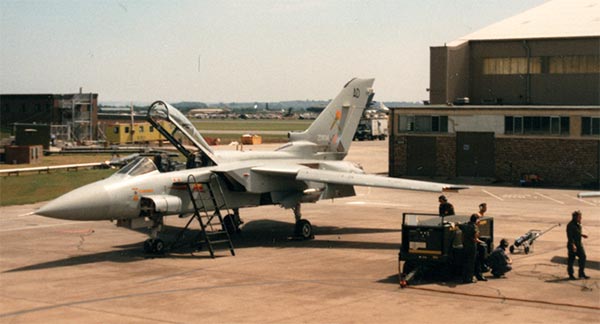
seen by my at the Air Tattoo
History
The Tornado originated from a UK Staff Requirement in 1969, calling for a medium-range, low-level, counter-air strike aircraft, with the further capabilities of interdiction and reconnaissance. As other European countries had similar needs, it was decided to work together. The Panavia consortium was created, a tri-national consortium which comprised British Aerospace, MBB (later DASA) of Germany and the Italian firm Alenia.
Tornado became a twin-seat, twin-engined, variable geometry aircraft with supersonic capability at all altitudes. Tornado characteristics: high-mounted, variable, swept-back wing for high speed. Two RB199 turbofan engines. The air intakes are diagonal and box-like alongside the fuselage forward of the wing roots. There are twin exhausts. The body thickens midsection and tapers to the tail section. Cockpit for the 2 man crew. The tail is tall, swept-back, and has a tapered fin with a curved tip and a step in the leading edge.
The Tornado IDS is the variant for strike/attack and capable of carrying a wide range of conventional stores, including the JP233 anti-airfield weapon, the ALARM anti-radar missile, and laser-guided bombs. The first IDS version was the GR mk.1 entering RAF service in 1982. The reconnaissance version, designated the GR1A, retains the full operational capability of the GR1. The GR1B, equipped with Sea Eagle air-to-surface missiles, undertakes the anti-surface shipping role. For self-defense, the Tornado IDS may carry 2 Sidewinder air-to-air missiles and it is fitted with twin internal 27mm cannons in the nose. The Gr.mk 4 is a modernized version of the IDS, entering service in 2001. Also an electronic counter (ECR) measures and attack versiion was developed. The ECR carries various ECM and detection systems and is capable of firing air to ground missiles and bombs.
The RAF also needed an Air defense variant (ADV) for long-range interception of Soviet bombers. After a MoD review in 1970 for the RAF, a version of the Tornado was designed for this role, with a dedicated new Marconi/Ferranti AI-24 Foxhunter air-interception radar, housed in an extended radome. Capable of carrying Skyflash radar-guided missiles (which is a derivative of the American Sparrow AIM-7E-2 missile ) and shorter range Sidewinder infra-red homing air-to-air missiles, plus an internally-mounted 27mm Mauser cannon. The IDS's ground-attack systems were removed and the port cannon was deleted.
To improve range,
the ADV has a lengthened fuselage with extra frames behind the cockpit
to accommodate a fuel tank. In order to balance the aircraft and reduce
drag, the wing root gloves got a larger sweep angle and the Kruger flaps
(as fitted on the IDS) were removed. The ADV also received new software
and systems, making it a more "fighter feel" aircraft. But it is not an
agile air superiority fighter like the American F-16 and F-15 Eagle.
The ADV airframe uses components from the Panavia partners with MBB modelling the centre fuselage, Alenia the wings and BAe the front and rear fuselage. Assembly of the ADV was at BAe Warton. The front cockpit is remarkably similar to that of the Strike Tornado IDS variants but lacks the moving map display with a rectangular CRT in place. The rear cockpit also lacks the moving map display but has two CRT screens.
The initial ADV variant was the F.mk.2 of which 3 prototypes were build. First flight was in 1979. The first of 10 production F.mk.2 planes were delivered in 1984 with the original IDS RB199 mk.103 engines and still without a working radar. The radar gave many many problems.
Eight trainer F.mk.2 aircraft were also delivered, and the "twin stick" version has additional rear pilot controls and a non-symmetrical CRT screens layout. In the mid nineties the F.mk.2 aircraft were put out of RAF operational service as the improved F.mk.3 were being delivered.
The F.mk.3 deliveries started in 1988 and the variant received stronger RB.199 mk.104 engines, requiring a rear stretch at the aft fuselage to accommodate the longer jet pipe with afterburner. They could also carry 2 extra Sidewinders on both sides of the wing pylons.
F.mk.3 aircraft later on received a better radar and avionics, although aircraft standards vary. Important was to update the radar and systems to better counter Electronic counter measures and secure communications. Also, some extra outher pylons can be fitted on some aircraft. Later on, chaff/flare dispensers and various other pods could be fitted. The screens in the rear cockpit were modernized with colour LCD screens. Introduction of other types in the RAF also resulted in further weapons standardization. This was started on the Tornado force in 1999 by BAe.
The F3 could now be fitted with Advanced Medium Range Air-to-Air Missiles (AMRAAMs) and Advanced Short-Range Air-to-Air Missiles (ASRAAMs) and has the Joint Tactical Information Distribution System (JTIDS) to work with the Sentry AEW1 airborne early warning aircraft. In 2004 further system enhancements took place.
More than 150 Tornado ADV F.mk.3 were delivered to the RAF, 24 aircraft to Saudia Arabia and 24 aircraft were "leased" by the Italian Air Force as a stopgap (for the F-104S Starfighters) awaiting delivery of their ordered Eurofighters.
RAF Tornado F3 are operated from Leeming, Leuchars, Coningsby and a flight in the Falklands. They were replaced by the Eurofighter.
GENERAL
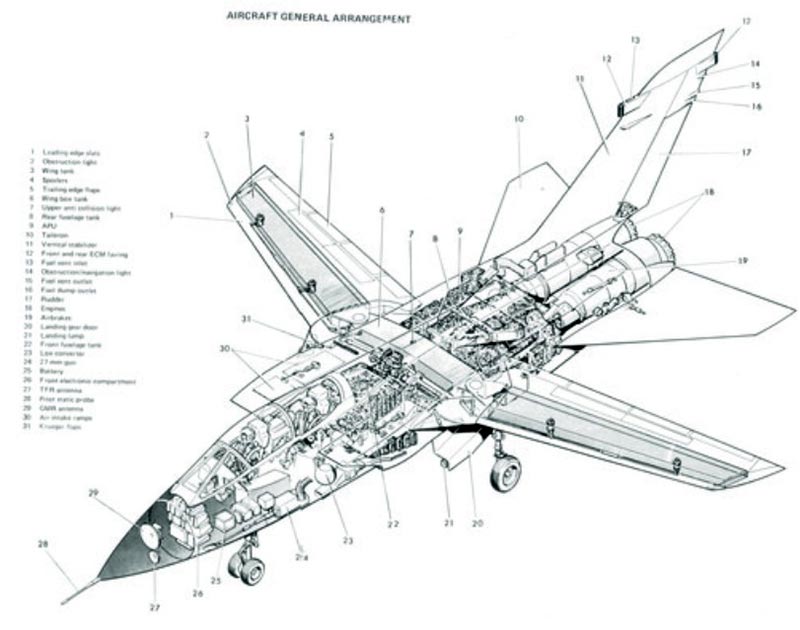

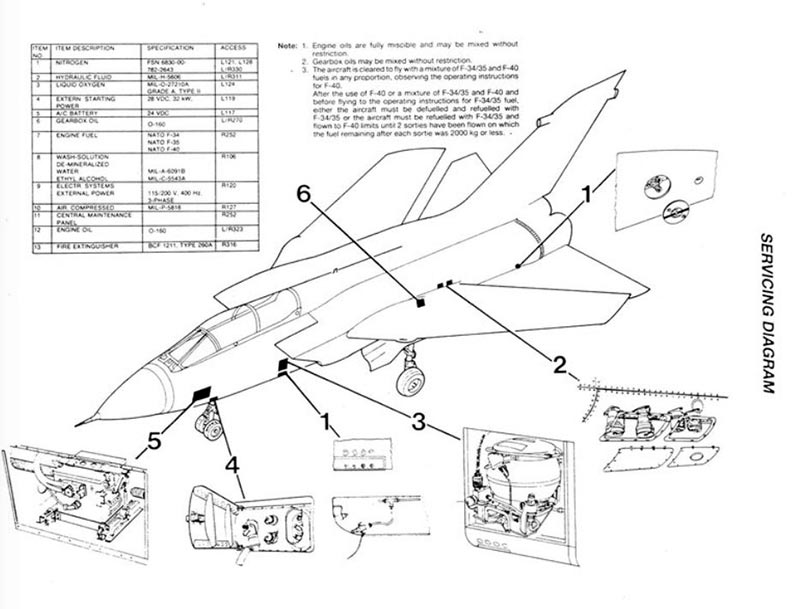

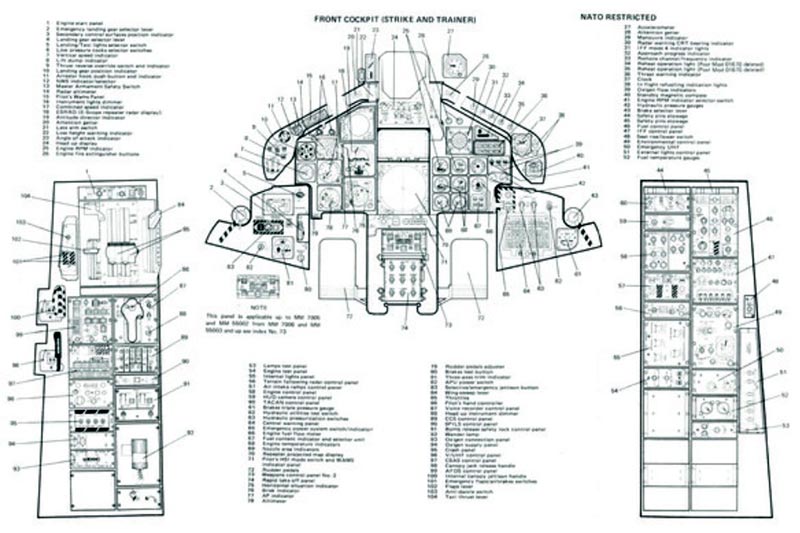
IDS front cockpit panels
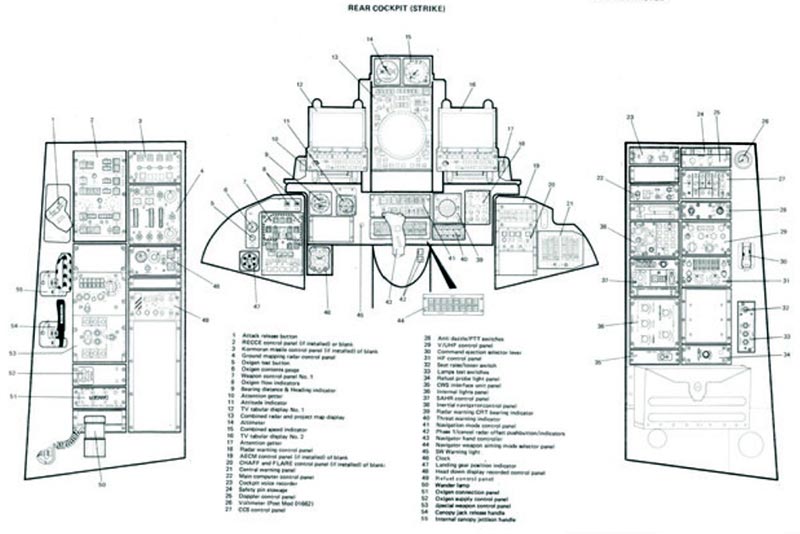
IDS rear cockpit panels
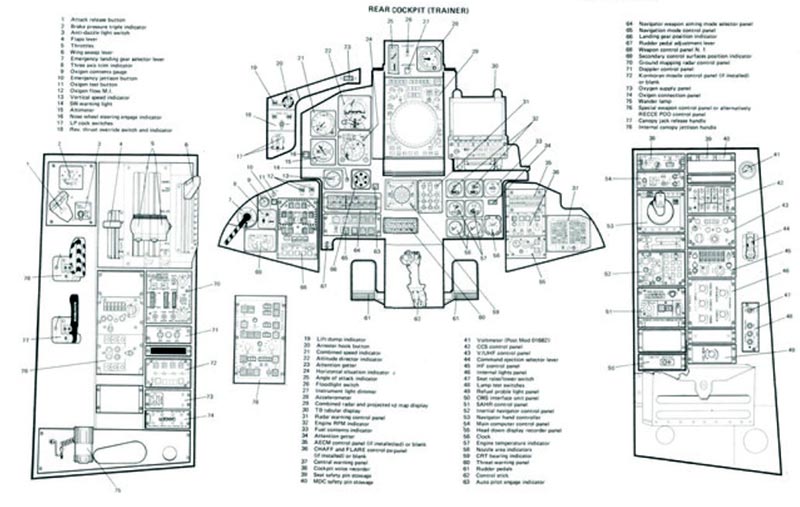
Trainer rear cockpit panels
 GR.1 front cockpit panels
GR.1 front cockpit panels 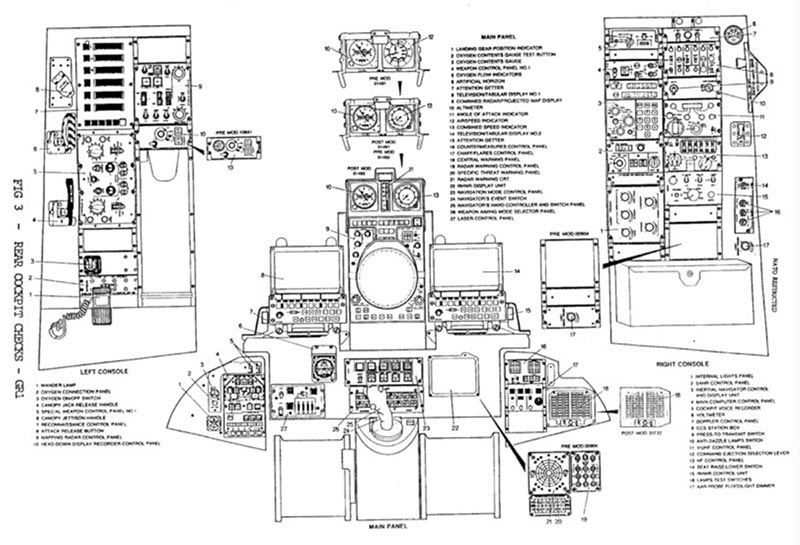
GR.1 rear cockpit panels
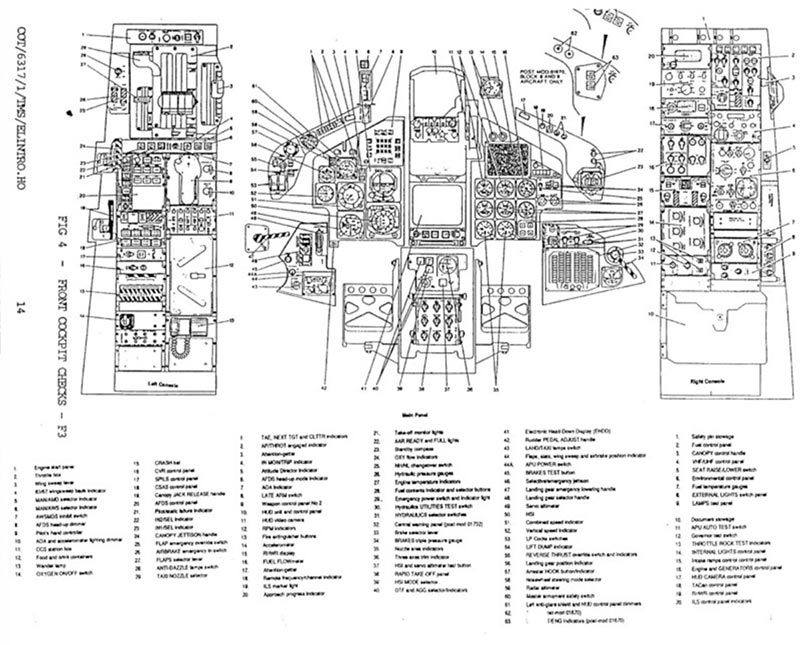
F3 front instrument panels
--------------------
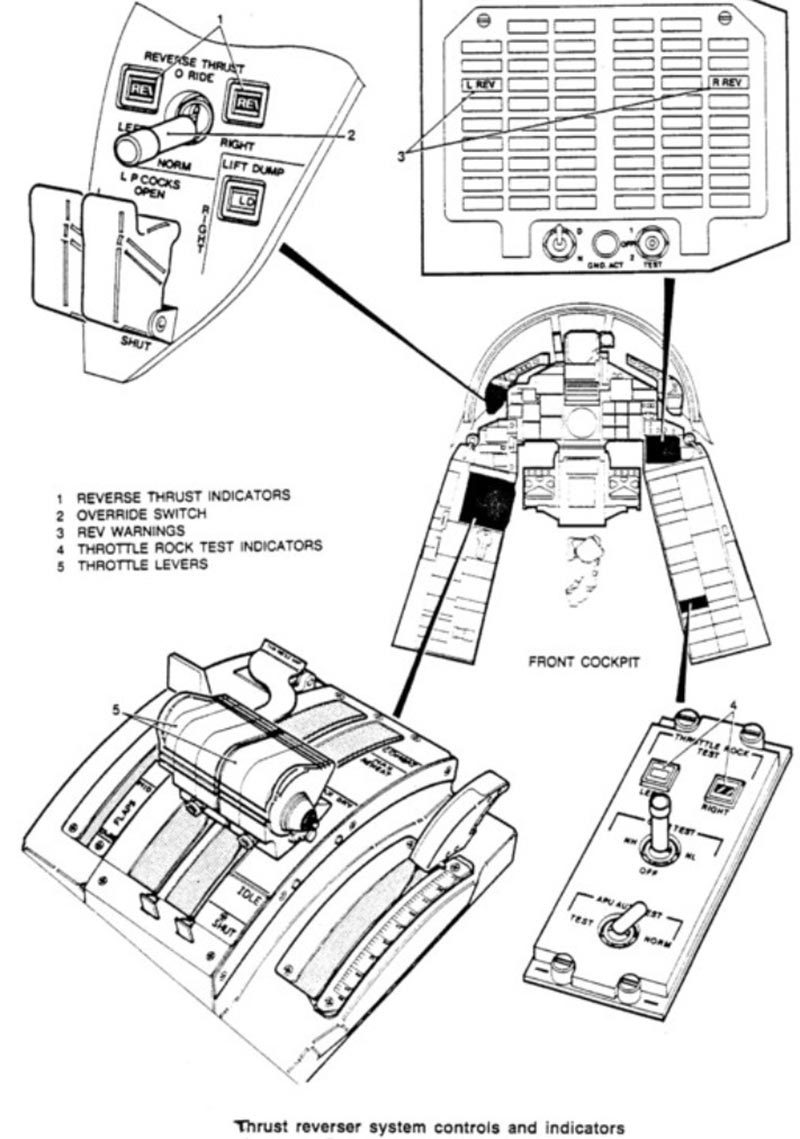
----------------
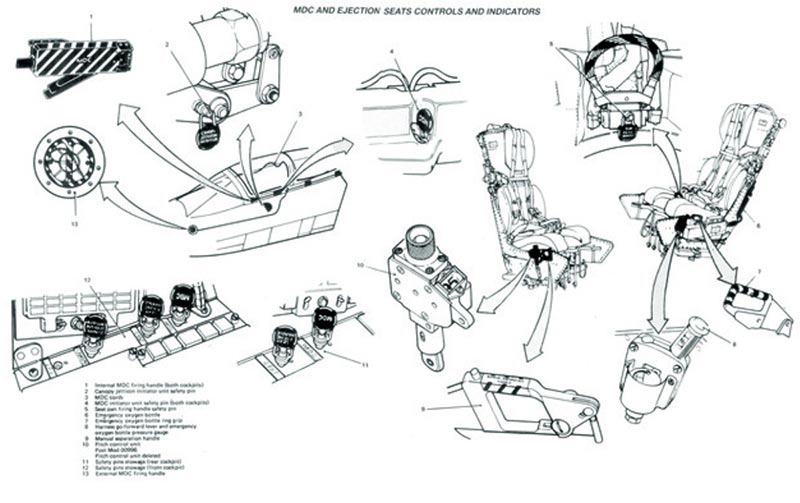
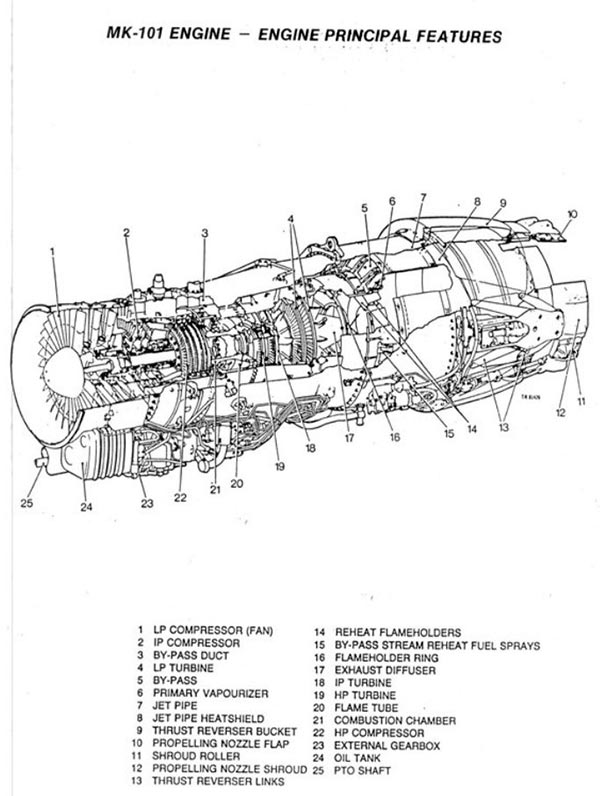
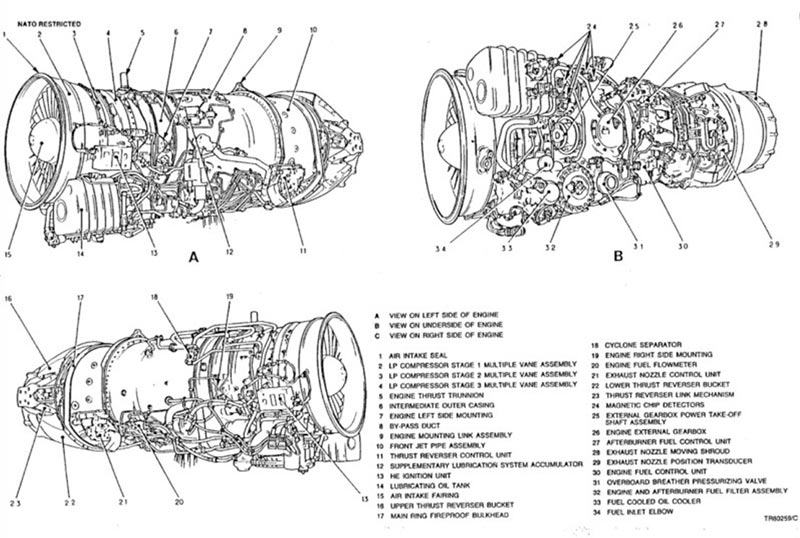
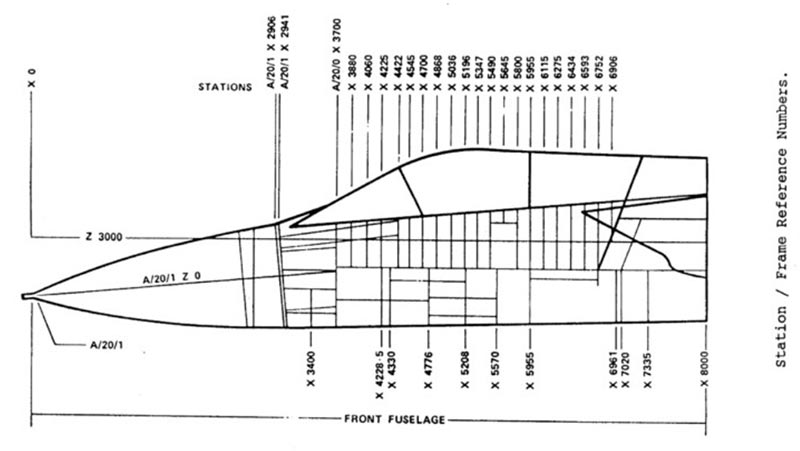
NOTE: not to scale
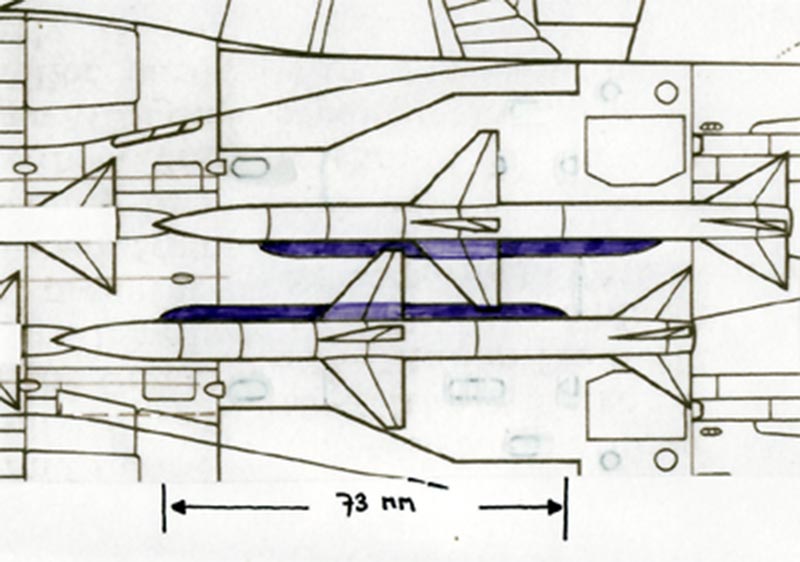
F3 missile stations
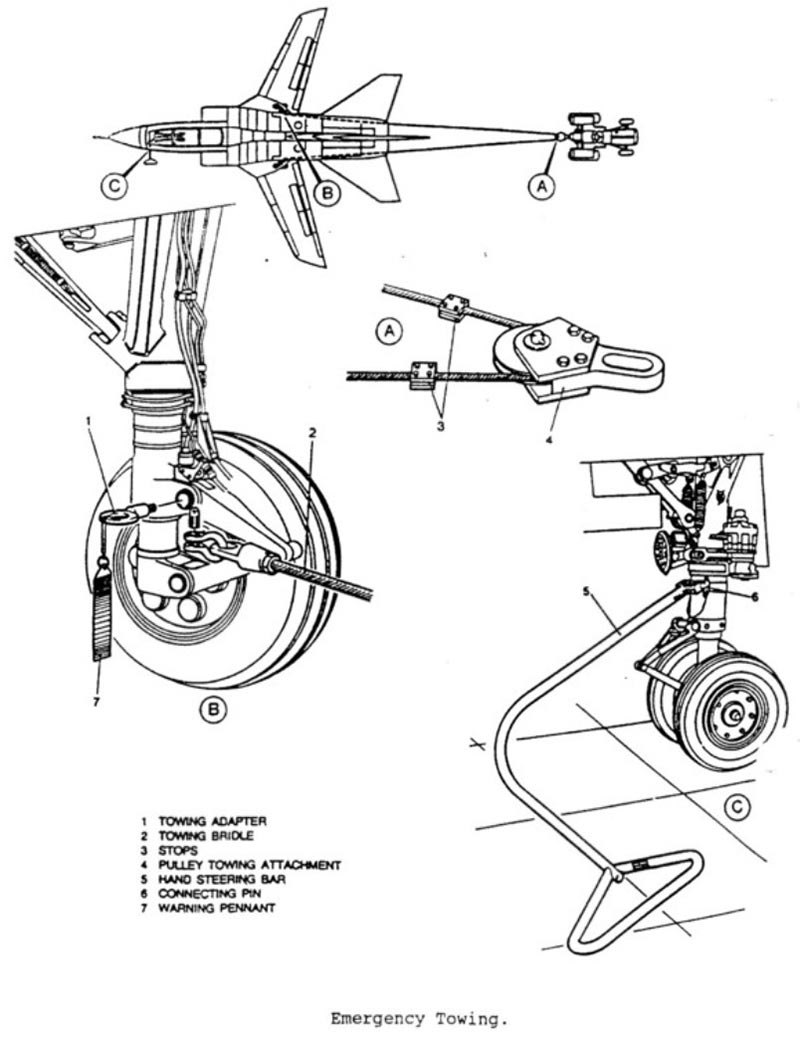
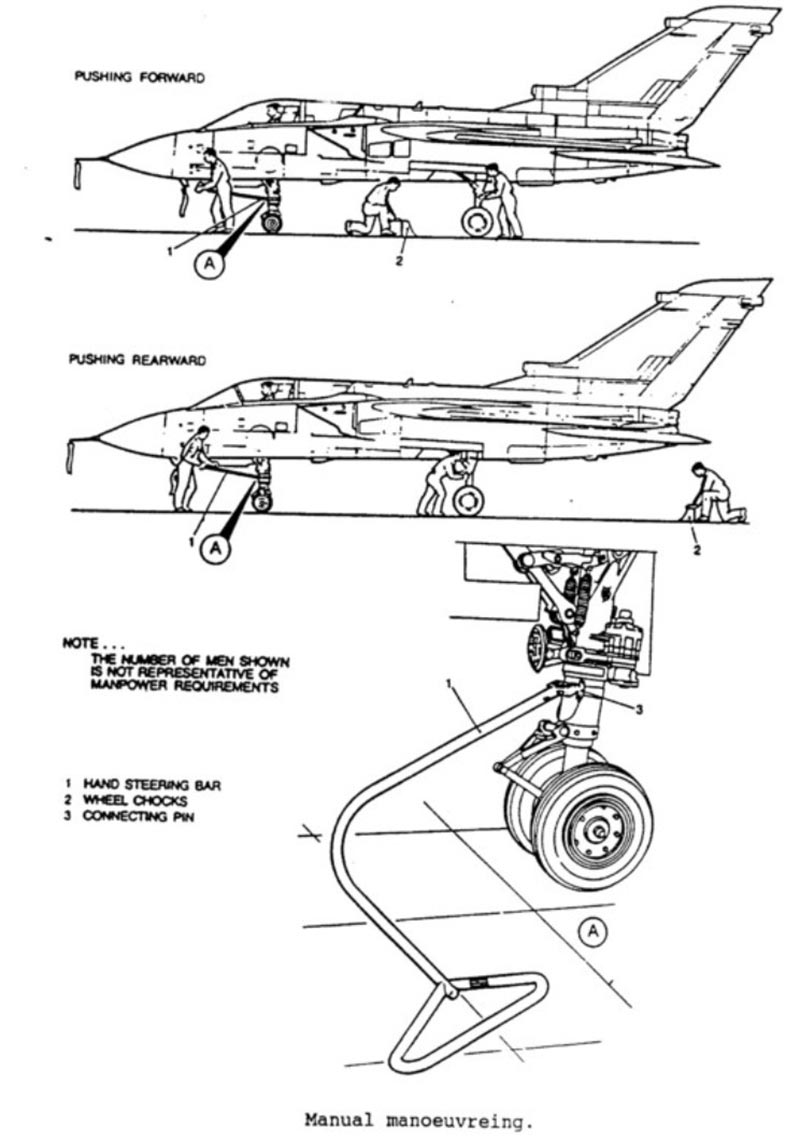
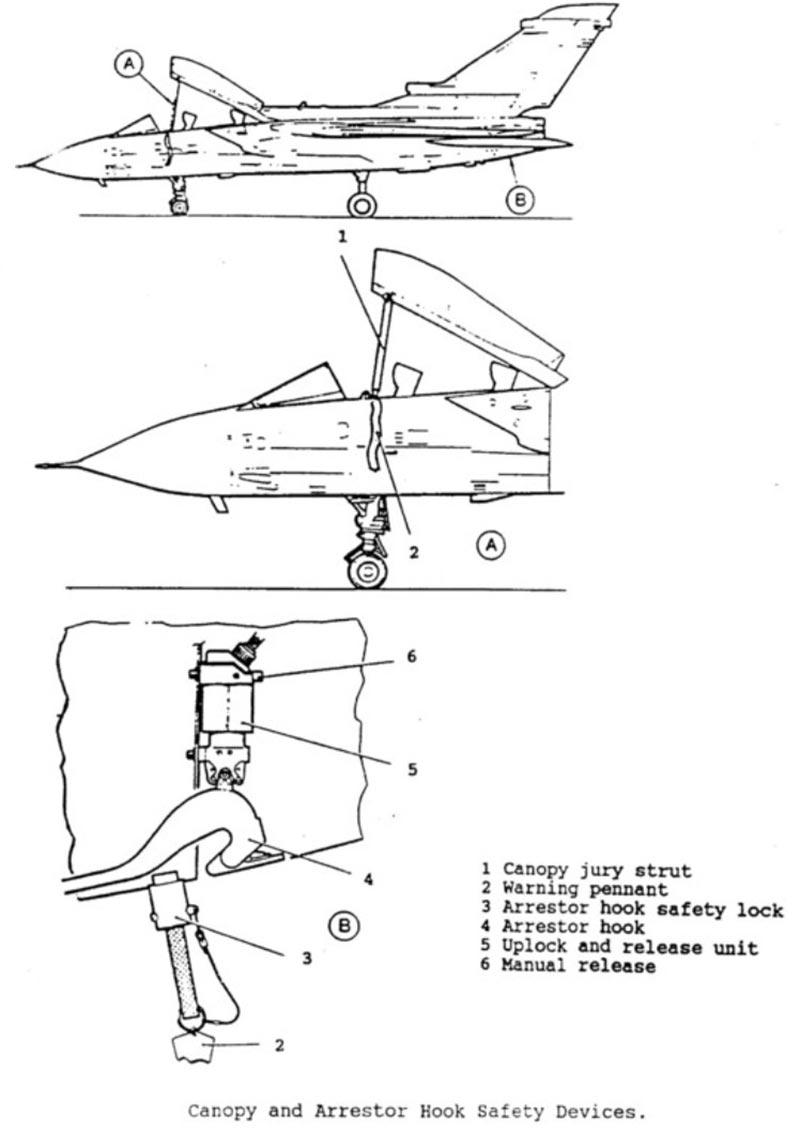
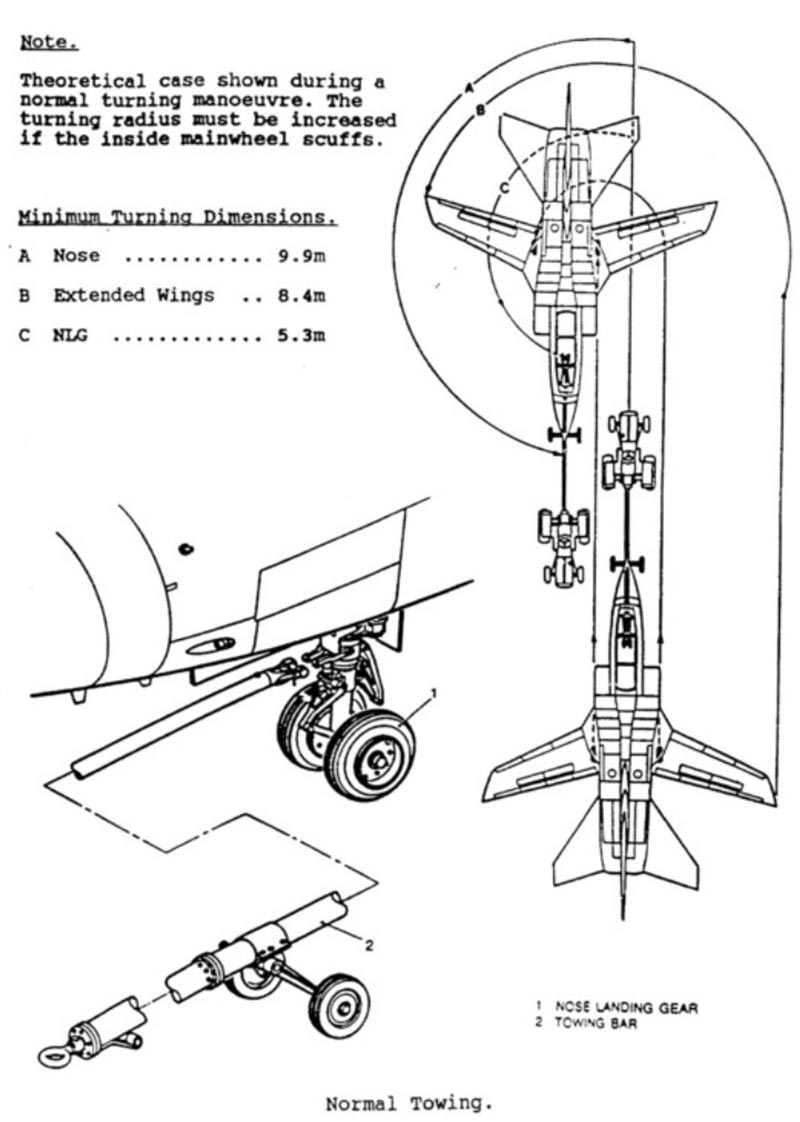
SOURCES: various maintenance and flight manuals
References
Books:
- RAF Tornado,
Paul Jackson, Ian Allan publications, Aircraft illustrated special, 1987
- Tornado,
AeroGuide
- Air international,
magazine, Volumes 17/4, 27/3, 29/4 , 34/1, 52/4, 73/6 (December 2007),
AI supplement 2005
- World Air
Power journal, Volumes 31, 32
- Tornado,
Doug Richardson, Aviation fact file, Salamander books, 1986
- Tornado,
Fluzeuge, profile volume 6,
- Tornado,
Ian Black, Airlife, 1990
- Scale aircraft
modelling, August 2003, April 2004, March 2004
- Aerei, “Tutto
Aerei collezione, No. 55, Gennaio 2006 (Italia)
Internet websites:
Tornado site:
http://www.tornado-data.com/
YouTube video: http://www.youtube.com/watch?v=QI-U3-9UO0w
Walk around of my modelling friend Cees Hendriks:
- IPMS NL Tornado walk around
CHECK OUT MODELLING REPORTS:
1/32 Tornado F2 conversion
1/32 Tornado F3 conversion

(c) Copyright Meindert "designer"/ All rights reserved. Your comments are welcomed by webmaster
Created December 2010